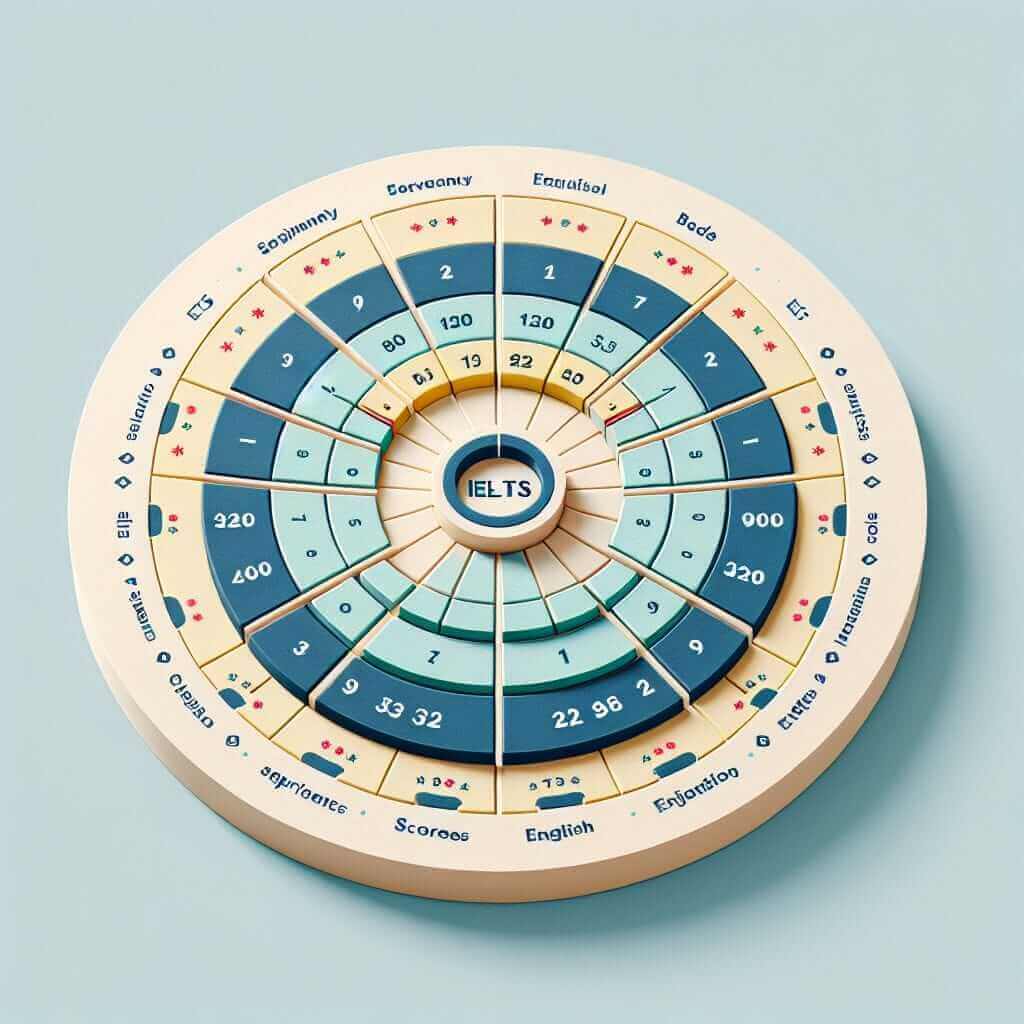For those embarking on the journey to English proficiency, understanding the IELTS exam pattern is paramount. This guide, crafted from over two decades of experience teaching IELTS, aims to demystify the structure of this globally recognized test.
What is the IELTS Exam?
The International English Language Testing System (IELTS) assesses your English language skills across four key areas: Listening, Reading, Writing, and Speaking. It is accepted by thousands of institutions worldwide, including universities, employers, and immigration agencies. There are two versions of the IELTS:
- IELTS Academic: Designed for those pursuing higher education or professional registration.
- IELTS General Training: Suitable for individuals seeking work experience, training programs, or migrating to English-speaking countries.
While the Speaking and Listening sections are identical for both versions, the Reading and Writing sections differ in content and style.
Breaking Down the IELTS Exam Pattern
The IELTS exam is meticulously structured to evaluate your English language proficiency thoroughly:
Listening
- Duration: 30 minutes (plus 10 minutes to transfer answers)
- Sections: 4 sections, each with 10 questions
- Format: A variety of recordings are played, including conversations, lectures, and monologues.
Reading
- Duration: 60 minutes
- Sections: 3 sections
- Format: Academic module includes texts from books, journals, and newspapers. The General Training module features texts from notices, advertisements, and company handbooks.
Writing
- Duration: 60 minutes
- Sections: 2 tasks
- Format: The Academic module requires an essay and a description of a graph, chart, or diagram. The General Training module involves writing a letter and an essay.
Speaking
- Duration: 11-14 minutes
- Sections: 3 parts – Interview, Individual Long Turn, and Discussion
- Format: A face-to-face interview with a certified examiner.

IELTS Scoring: How is Your Performance Evaluated?
The IELTS uses a band score system, ranging from 1 (non-user) to 9 (expert user), to measure your English language abilities. Each of the four sections receives an individual band score, and an overall band score is calculated by averaging these scores.
Essential Tips for IELTS Success
- Familiarize Yourself with the Exam Pattern: Understanding the structure, timings, and question types is crucial.
- Practice Regularly: Engage in consistent practice tests to build stamina and refine your skills.
- Develop a Strong Vocabulary: Enhance your vocabulary through reading and focused vocabulary-building exercises.
- Master Time Management: Allocate your time wisely during the exam to ensure completion of all tasks.
- Seek Feedback from Experienced Tutors: Expert guidance can provide valuable insights and identify areas for improvement.
Conclusion
Mastering the IELTS exam pattern is the first step toward achieving your desired score. By understanding the format, practicing diligently, and seeking expert guidance, you can confidently approach the test and unlock a world of opportunities.